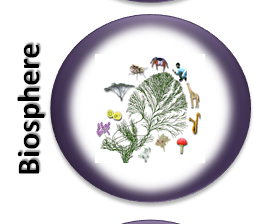Category Archives: Cognitive Science
26 Feb Choosing an Ontology Framework
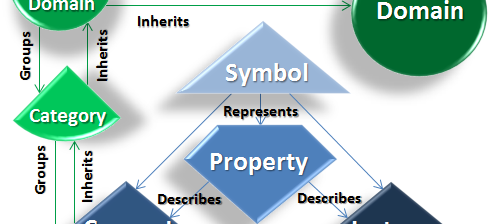
Ontology is a knowledge representation language like Roger Schank‘s Semantic Networks and John Sowa‘s Conceptual Graphs or Doug Lenat‘s Semantic Web. An Ontology framework is the model (structure, function and content definition) in which you choose to build your ontology. Like a Relational Database or an Object Oriented Programming Language, an ontology has defined structures, functions […]
24 Feb Intro to the End of Code
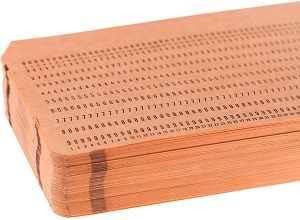
By: Joe Roushar – February 2013 In the Beginning When computer programming began, it consisted mostly of written computer instructions called code. Data was minimal. Decks of dozens to hundreds of punched cards told the computer what to do with the data, which was also encoded on punched cards. The process of writing and debugging code was tremendously tedious. As computing […]
21 Jan Gating in Human Reasoning

Both neuroscience and computer science have borrowed the metaphor of the gate for representing the function of letting some things go through and restricting others. In computing it is mostly a binary function: if the gate is closed, nothing comes in, if the gate is open, everything that is at the threshold comes in. I chose the pictures above because gates […]
19 Jan Theories on Microtubules’ Function in Thought
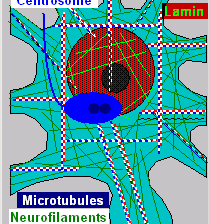
Microtubule Functions Continuing to look inside neurons for the knowledge storage and processing mechanisms, let’s consider what Microtubules do. Microtubules serve many clearly identified functions. These functions include acting as structural members of the cytoskeleton, providing cellular orientation, and guiding membrane and cytoplasmic movements. In addition to these known functions, there is evidence that suggests […]
27 Dec Microtubules
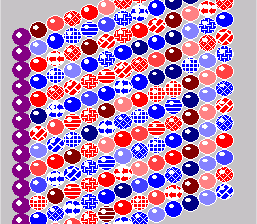
Microtubules Neurons have hundreds of MT distributed in the soma and in the axon and dendrites. Microtubules, like IF, are filamentous organelles that form the cytoskeleton of neurons. Their cylindrical, composite polymers comprise part of the cytoskeletal infrastructure of cells. Their cylinders are long, and they possess a distinct polarity. Their surfaces are composed of spherical tubulin in columns […]
27 Dec Cytoskeleton Components in Cognition
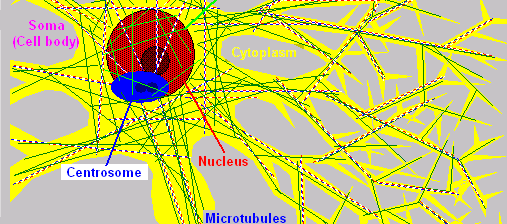
A Neuron’s Skeleton Unlike the external structure of many spheroid and amorphous cells, the external structure of neurons is complex and rigidly determined. As you may remember from earlier posts, the many different types of neurons residing in particular cortical strata (in layers of the gray and white matter) each have distinctive characteristics that enable […]
25 Dec Myelin Sheath Function: Insulators
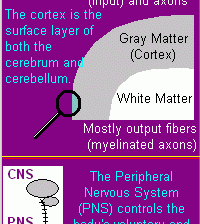
Glial Cells Gray matter / white matter… what really matters? Glial cells form a white myelin sheath around axons and function as the nervous system‘s supporting actors. They are more numerous than neurons – there are over 100 billion neuroglia, many wrapped around the efferent (output) fibers of each nerve cell. They support impulse conduction by […]
24 Dec Neuron Components and Cybernetics
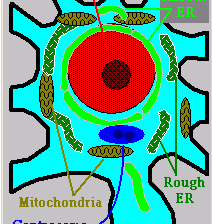
What About Cybernetics? The properties of subcellular neuron components, also known as organelles, are important to this research because they might contribute to the information acquisition, storage, accessing and maintenance systems of the brain. I plan to further discuss the reason for separating storage and maintenance in a post in the section on cognition. These […]
22 Dec Modeling Neural Interconnections
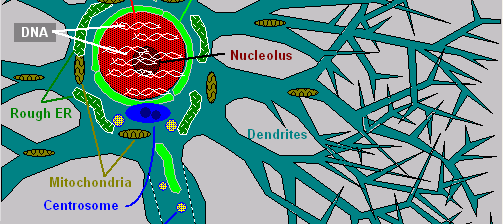
Neuron Branching The characteristic that distinguishes neurons from other types of cells is that they have things sticking out all over them. This phenomenon is called branching or arborization. While all cells are capable of sprouting appendages like cilia or dendrites, only some actually do. Cells that branch do so for specific reasons that are essential […]





